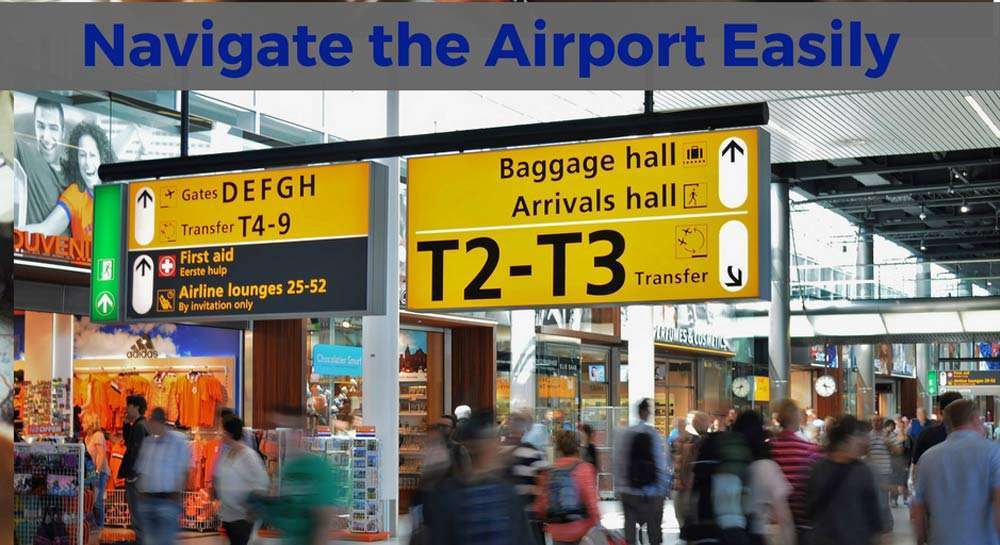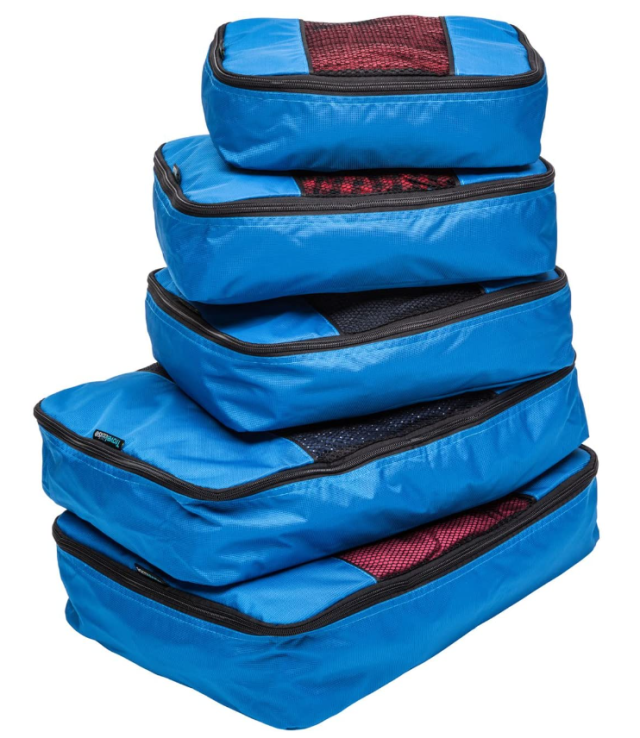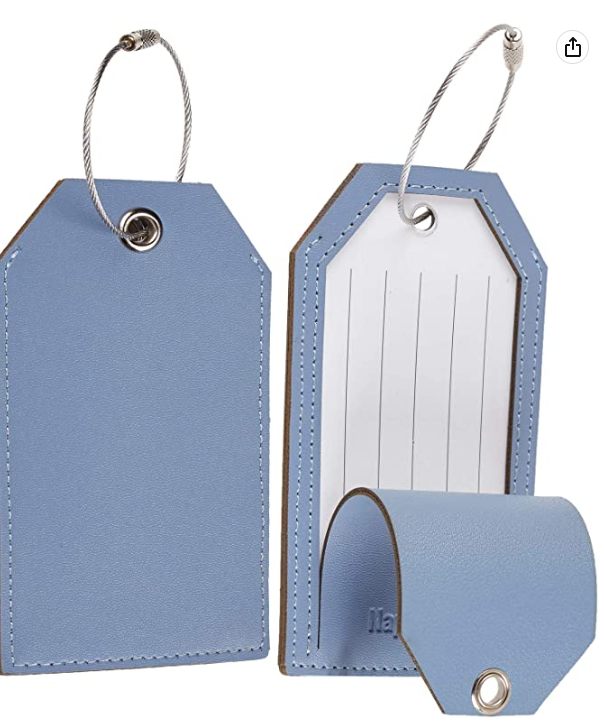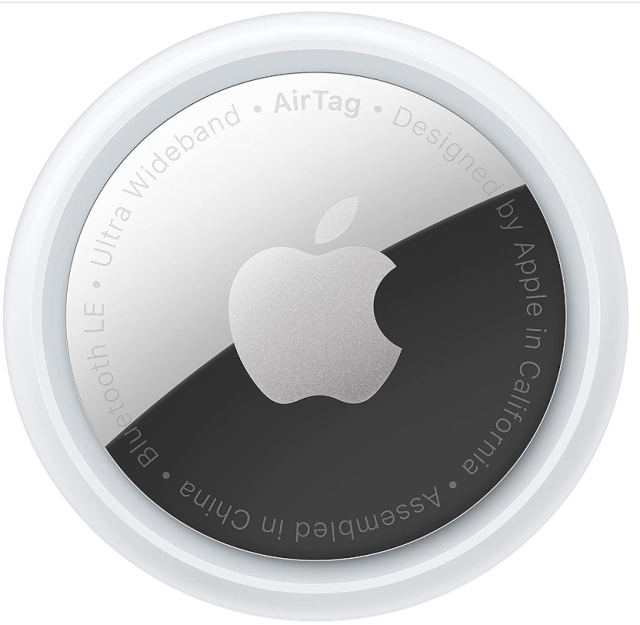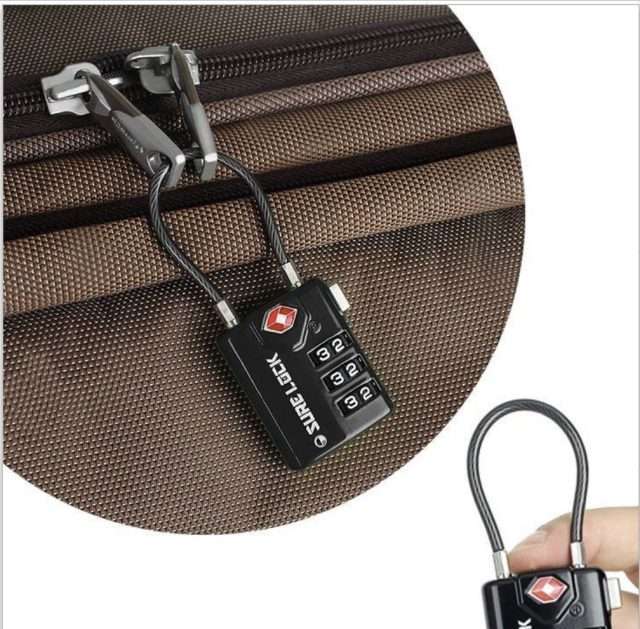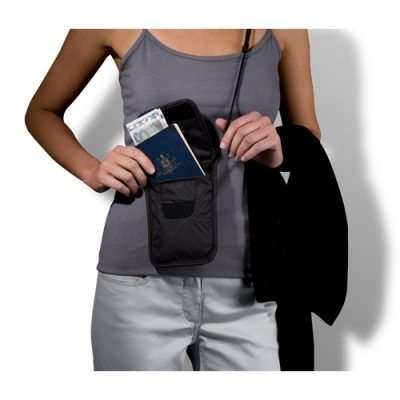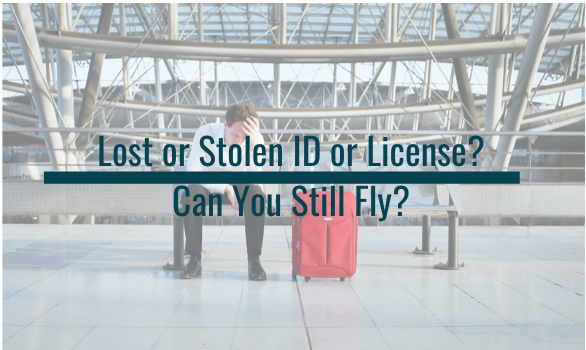For first-time flyers trip planning can be exciting. However, the journey through the airport can be a challenge and stressful. Here’s what to do before your next flight and time at the airport as organized and stress-free as possible. Follow these rules for packing and getting through airport security with ease to cut down on travel delays and make your trip through the airport a breeze.
Best Tips for First-Time Flyers
If you’re boarding a plane for the first time or if you haven’t flown on a plane lately; here’s what you need to know now regarding packing, checking your luggage, and navigating airport security as a first-time flyer.
Before You Leave Home
- Place “Stop” Orders when applicable. Once your travel is booked, you should look into placing “stop or hold” orders on any regularly occurring deliveries or services. These may include postal mail, newspapers, house cleaners, and the like. If you want particular services to continue (such as landscaping), consider paying in advance if this is not your usual arrangement. Many service providers allow you to place stop orders online; this is particularly the case for mail delivery and most newspapers. As most stop orders require one or two business days advance notice, make sure you take care of this, at least, three days before you travel. Read more ideas to ready your home for travel to lessen your chances of burglary.
2. Call your bank. Let the bank know where and when you will be traveling so they do not think your credit card has been compromised. Use only an RFID blocking wallet or bag with an RFID blocking compartment to protect your identity. Credit card companies look at irregularity in your credit card usage, so if you have not used your credit card outside of your area in some time, and suddenly charges start showing up abroad, or out of your area, the card issuer may shut down your card until the out of normal usage is explained.
Just Before You Fly
- Reconfirm your flight or check-in directly with the airline 24 to 48 hours before departure. Usually, you can do this online. Print a copy of your boarding pass and keep a screenshot on your phone, even if you have your boarding pass in the airline’s app on your phone, if you end up with internet problems, you will still be able to access your screenshot.
Smart Packing Tips
- Pack Smart. To minimize items you pack, pack outfits and limit your colors to three to mix and match items. Use packing cubes to organize clothes and maximize space.
- Place medicine and expensive items only in your carry-on luggage, never in your checked bags which could get delayed or lost.
- Keep a pencil or pen handy in your carry-on to note gate, departure time, and connecting flight information. This can also help with customs forms for international travelers.
- Know the TSA rules about carry-on items and packing your luggage. Go to the TSA website.
- Identify your baggage bag tags or colorful tape on the exterior to make it easy to spot on the luggage carousel.
- Use a baggage tag with your name, and cell number on the outside of your bag. Make sure you only use a covered bag tag to shield your privacy. Inside your baggage, put your name, home information plus your destination address and telephone number.
- Use a Bluetooth tracker like an apple air tag or a tile for your android phone.
- Bring only two items on board to speed boarding. Typically airlines only allow one carry-on bag plus a personal item such as a purse or backpack, check your airline’s guidelines for the carry-on bags and their sizes before you pack.
- Know your baggage restrictions. Check the airline’s website for bag weight and size restrictions. This is very important to avoid overweight fees or oversized luggage fees for checked bags.
- Only use TSA-accepted luggage locks. You need to lock your checked bags to keep others out and your gear secure. Only use luggage locks that allow the TSA to open them with a special override key in case they want to inspect your luggage. If you don’t, they can cut off your lock to gain access to your bag.
Arriving at the Airport
- Leave early for the airport! Arrive at the airport up to two hours before departure for domestic flights and up to three hours before departure for international flights. Anticipate slow-downs during the holidays and the peak summer months. Traffic may be heavier, airport parking lots may be fuller, and lines may be longer.
Check In Early
- Check-in at the airline ticket counter if you don’t have a seat assignment. Go directly to the gate for check-in if you have a boarding pass and aren’t checking luggage. At a minimum, check in one hour before departure on domestic flights and two hours before international departures. Extra time waiting is better than rushing and running through the terminal.
- Check baggage routing for your checked baggage. Ensure that the agent or skycap attaches the correct tags for your destination city. If you don’t recognize the city code – for example, ORD is Chicago O’Hare airport — ask, particularly if you have connecting flights. Ask if your luggage is checked through to your destination or if you will have to claim it and re-check it during a connection.
- Know your departure gate. Ask the agent or skycap to write your departure gate number on your ticket envelope or boarding card. Know your boarding time and boarding group. Boarding typically starts 30 minutes prior to departure.
Identification
- Carry at least one form of photo ID at all times. A second photo ID might be required at some airports. If you’re using your driver’s license make sure it is a Real ID.
- Digital copies. Keep photos of your driver’s license and passport on your phone too in case of loss.
- Wearable security document organizer. Wear the organizer while in the airport to be hands-free and later under your shirt while sightseeing to foil pickpockets.
Security Check Points
- TSA screening. Once at the airport, be prepared to have your belongings searched by security personnel at the TSA checkpoints. You must pass through TSA to get into the terminals where the gates are. Only ticketed passengers can go to the terminals. You will need to show your ID and your boarding pass.
- Dress checkpoint friendly. Don’t wear large metal buckles, belts, or jewelry that will activate the metal detector’s alarm.
- Laptop computers and other electric devices might need to be removed and put in a separate bin for passing through the x-ray machine.
- Wear shoes that are easy to remove and put back on. Most of the time your shoes will need to be removed and go through x-ray.
- Know the 3-1-1 rule for toiletries or liquids you pack in your carry-on.
Gate Area
- Never leave luggage unattended or under the watch of a stranger. If traveling alone take it with you into the bathroom and use the larger handicap stall
- Do not accept any item from strangers or carry any package with unknown contents.
Boarding
- Stay close to the departure gate to hear the latest announcements.
- There you will receive boarding instructions and any last-minute information you need for the flight.
- Board when asked.
- Be sure to board when your row number or boarding group is called. Empty seats will be counted and given to standby passengers.
When the Plane Lands
Upon arrival at your destination, go immediately to the baggage claim area to pick up your luggage. Have the claim stubs available and if you’re using a tracking device like an air tag or tile turn on your phone to help find your bag.
When in Doubt
Ask questions. Airline employees are generally friendly and helpful. No question is too simple particularly if you’re a first-time flyer.
More Articles You May Like



